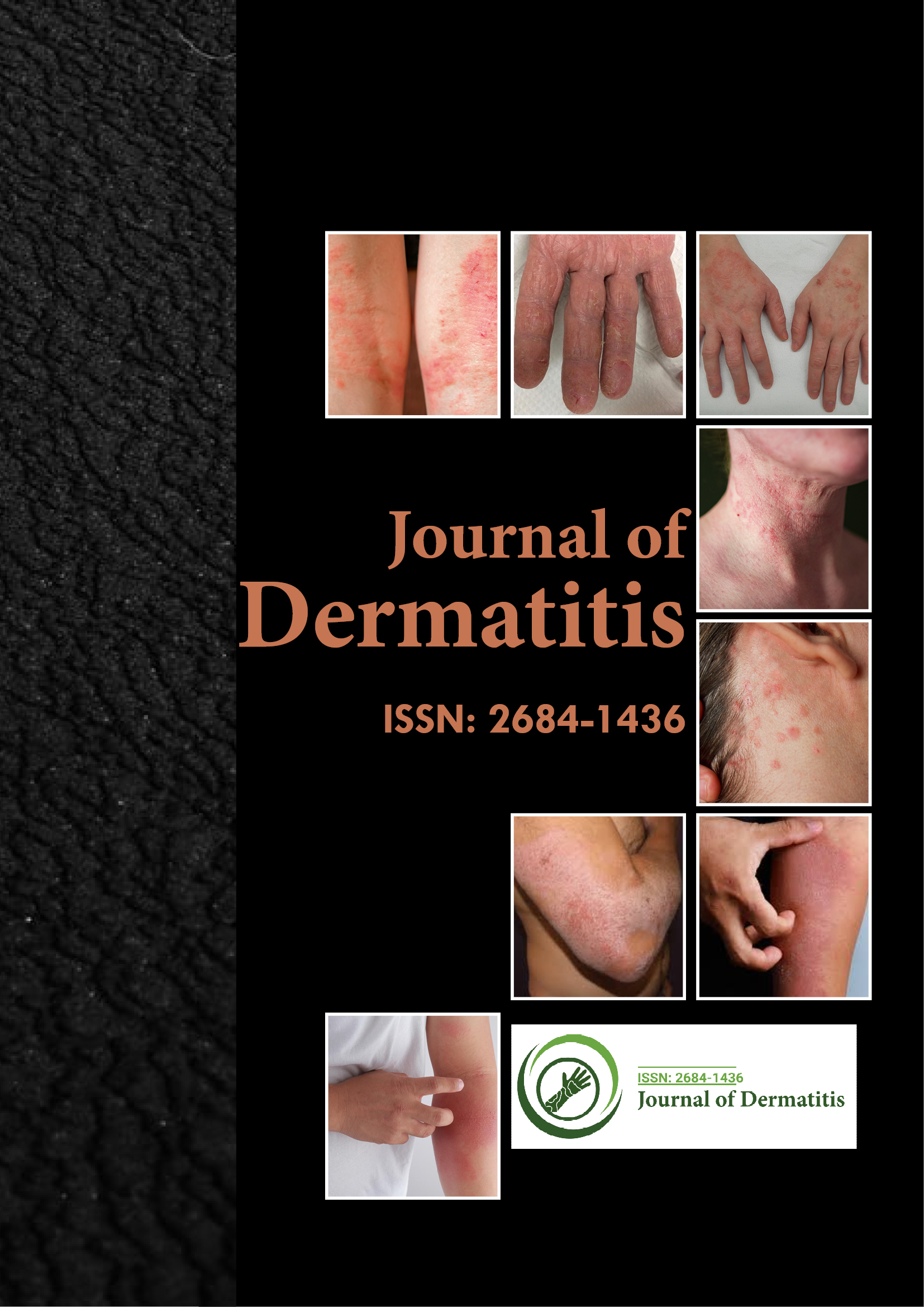Indexado em
- RefSeek
- Universidade de Hamdard
- EBSCO AZ
- Euro Pub
- Google Scholar
Links Úteis
Compartilhe esta página
Folheto de jornal

Periódicos de Acesso Aberto
- Agro e Aquicultura
- Alimentos e Nutrição
- Bioinformática e Biologia de Sistemas
- Bioquímica
- Ciência de materiais
- Ciencias ambientais
- Ciências Clínicas
- Ciências Farmacêuticas
- Ciências gerais
- Ciências Médicas
- Cuidados de enfermagem e saúde
- Engenharia
- Genética e Biologia Molecular
- Gestão de negócios
- Imunologia e Microbiologia
- Neurociência e Psicologia
- Química
Abstrato
Atualização sobre reações alérgicas a medicamentos não imediatas: estado e novos aspetos
Enrique Gomes, Natália Blanca-Lopez
Objectivo da revisão: Entre as reacções adversas a medicamentos (RAM), cerca de 10-15% são causadas por um mecanismo imunológico e são consideradas reacções alérgicas a medicamentos. Dentro do Tipo IV de reações alérgicas a medicamentos e de acordo com a classificação de Gell e Coombs, as reações de hipersensibilidade a medicamentos não imediatas (NI-DHR) referem-se ao grupo mais complexo de alergias a medicamentos, sendo as respostas mediadas por células e surgindo 1 hora a várias semanas após a exposição ao medicamento/metabolitos. Os protocolos de diagnóstico atuais são limitados e existe uma necessidade não satisfeita de identificar uma abordagem diagnóstica que imite a resposta patológica e aumente as possibilidades para um diagnóstico mais preciso e realista.
Descobertas recentes: As alterações nos padrões genéticos induzidas durante a fase aguda da NI-DHR fornecem pistas sobre os mecanismos imunológicos subjacentes, enquanto o estudo e a identificação de perfis HLA específicos em doentes selecionados permitem fazer inferências sobre o risco de sofrer uma reação.
Conclusão: Os avanços no conhecimento do NI-DHR, baseados em análises genéticas e transcriptómicas, proporcionarão uma melhor compreensão da biologia por detrás, bem como mais oportunidades para diagnosticar e tratar os doentes.